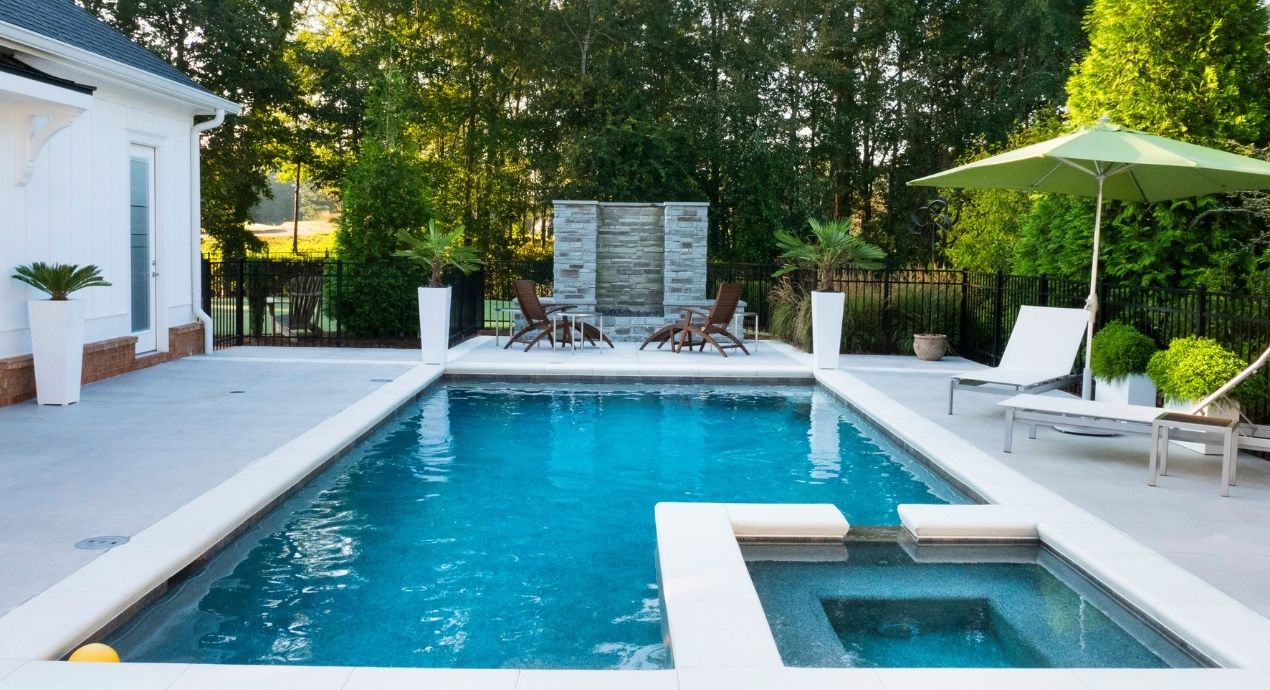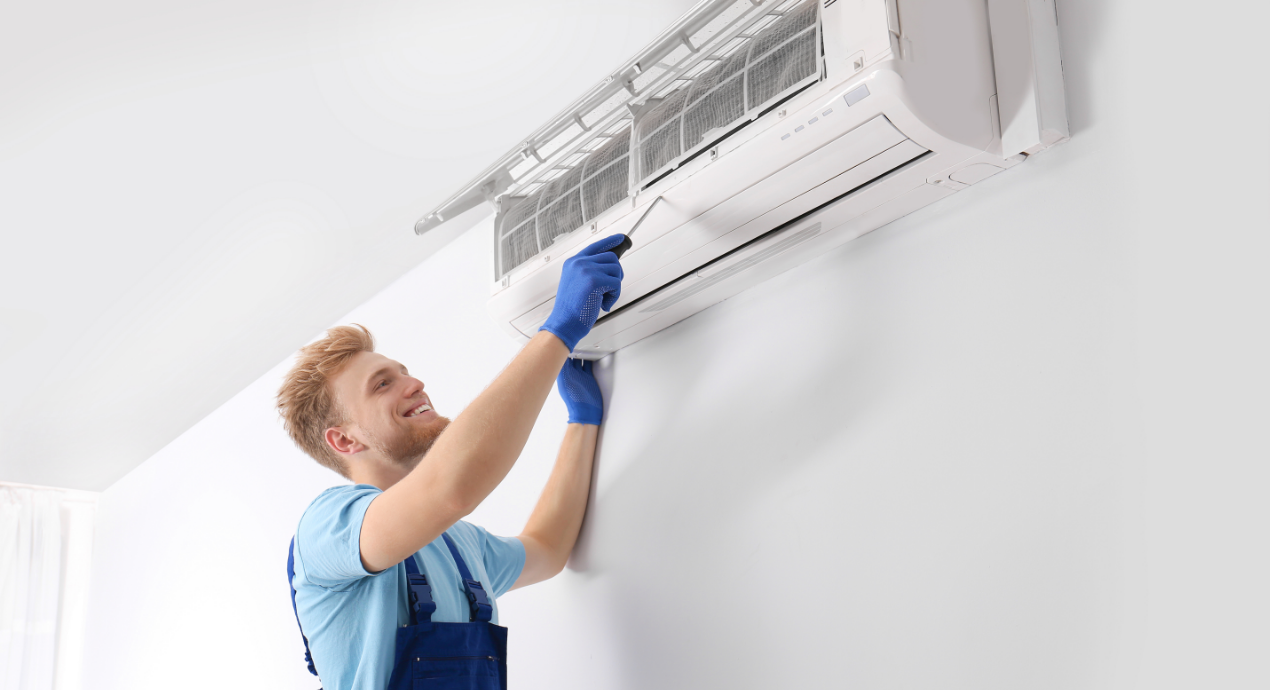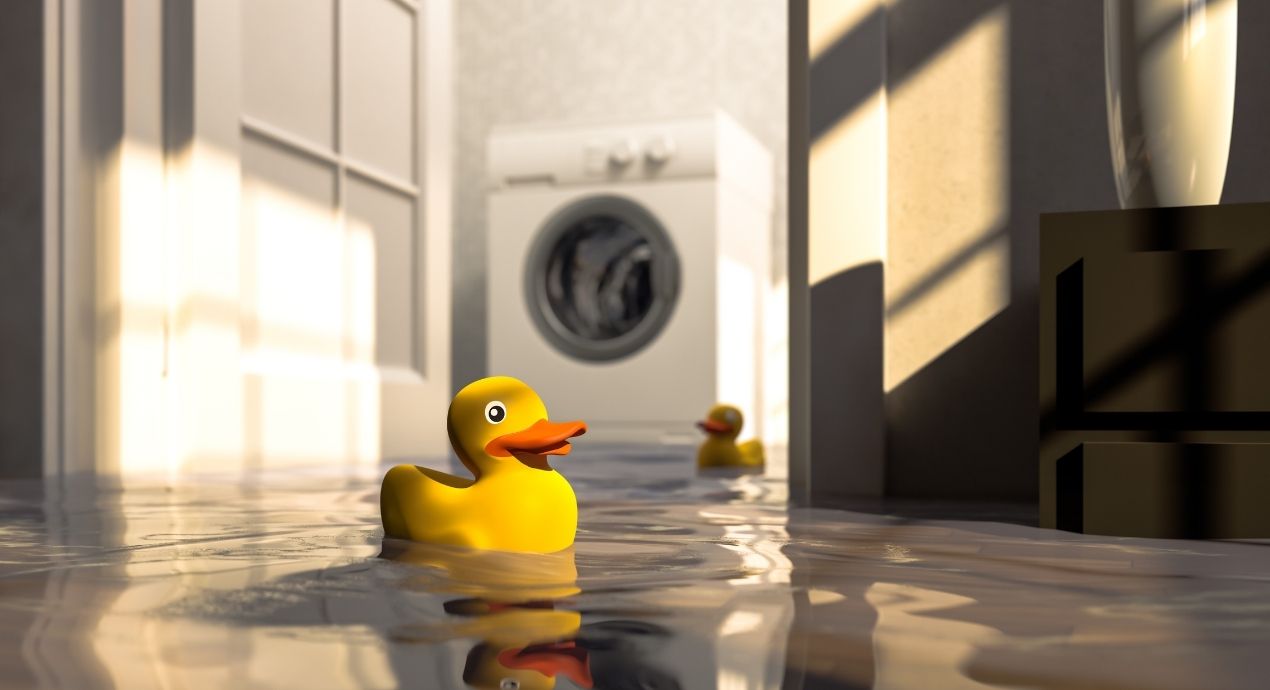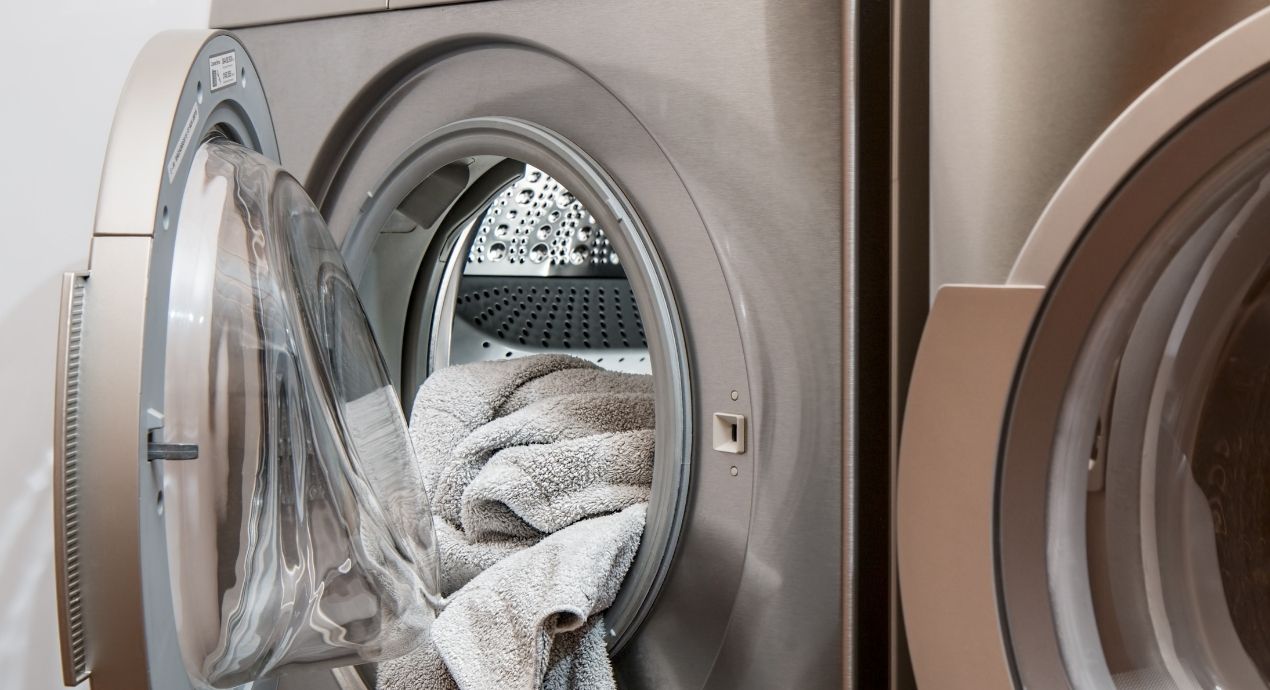
Contemplating coverage?
Subscribe to receive our emails & get
$200 off!
Have questions?
Call us: (833) 544-8273


Written By Roger Marx
Many people recognize saltwater pools as superior to traditional chlorinated pools, but homeowners are hesitant to make the switch because they assume it to be an ambitious undertaking. Believe it or not, converting chlorine pool to salt water pool systems is actually quite straightforward.
In this article, we’ll review some of the benefits of a saltwater pool system. We’ll also share how to go about upgrading your chlorinated pool and how much you can expect to spend.
Because saltwater pools are positioned as an alternative to chlorinated pools, some people assume that saltwater pools have no chlorine whatsoever. This is not the case. Chlorine is absolutely present in saltwater pools, but it’s produced from a chemical reaction when salt is added to the pool water. You do not have to manually add liquid chlorine or chlorine tablets to a saltwater pool.
So, what’s the difference? Well, the chemistry of a saltwater pool enables it to maintain a consistent chlorine level, without the spikes and sharp drops in chlorine levels that you see in traditional pools. This provides several benefits:
Saltwater pools are also easier to maintain. After all, you don’t need to handle any caustic chemicals. Overall maintenance costs are lower, too.
Converting to salt water pool systems isn’t as expensive as you might think. Conversion doesn’t require total drainage of the pool or any new construction.
A saltwater pool does require some unique equipment. The most significant is the salt chlorine generator or chlorinator. Some models cost around $800, but others have price tags of $2,000 or more. You’ll also need a sacrificial anode to prevent salt from corroding metal components of the pool, and you’ll need the pool salt itself. Those items are comparatively inexpensive, however.
When you factor in labor costs to install the new equipment, expect to spend somewhere between $1,500 and $3,000 to convert a traditional pool to a saltwater pool.
But again, a saltwater pool is cheaper to maintain. There may be upfront costs, but you will save money over time.
Now that we’ve covered the primary benefits of a saltwater pool, let’s run through the steps you’ll need to take to make the conversion.
Before installing any new equipment, you’ll need to balance your pool’s pH, total alkalinity, calcium hardness, and chlorine levels. You’ve likely done this many times as a pool owner, but for reference, here are levels that experts recommend:
After balancing your pool, you can add salt to the water. The amount of salt required is dependent on the volume of water in your pool. You want to shoot for a salt level of around 3,200 ppm. A pool technician, the documentation that came with your new pool equipment, or an online salt calculator can all help you determine how many pounds of salt to add to your pool.
Try to distribute the salt somewhat evenly rather than dumping it in one spot. Allow 24 hours or so for the salt to fully dissolve in the water.
Install the chlorinator per the manufacturer’s specifications. You may be more comfortable having a professional handle the installation. The general installation process entails:
Once everything is up and running, you should retest the water levels to confirm your pool is still balanced. Adjust as necessary.
Whether you have a traditional chlorinated swimming pool or a saltwater pool, you have the option of insuring against future repair costs. A home warranty with pool coverage from Liberty Home Guard will cover your heating, pumping, and filtration systems. We’ll dispatch a licensed technician as soon as you let us know there’s a problem, and you’ll be back in the water before you know it.
Use our website to start building a plan with the coverage you need. You can also speak with our team by calling (866)-931-1806.
Converting to a saltwater pool can be worth it for those seeking easier maintenance, lower chemical costs, and gentler water on skin and eyes. Saltwater systems automatically regulate chlorine levels, reducing the need for manual adjustments, but the upfront costs for a salt chlorine generator and initial salt can be significant. While saltwater is less harsh, it may corrode certain pool components, requiring regular upkeep. If you value convenience and comfort, a saltwater pool can be a great investment, though it’s important to weigh the initial costs and potential long-term maintenance.
Saltwater pools have some drawbacks, including higher upfront costs for installing a salt chlorine generator and potential corrosion of metal fixtures, pool liners, and heating systems. They also require electricity to run the generator, adding to energy expenses. Maintenance, while easier, still involves monitoring salt levels and ensuring components are saltwater-compatible. To protect your investment, consider a saltwater pool warranty to cover potential repairs and maintenance.
Converting a pool to saltwater typically costs between $1,500 and $2,500, depending on the size of your pool and the salt chlorine generator you choose. Additional expenses include the initial salt and any upgrades to ensure your pool components are saltwater-compatible.

10 of the Most Common Air Conditioner Problems in ..

Why is my Washer Leaking? Top 10 Reasons

Top Reasons Why My Dryer Is Not Drying

Top Reasons Microwave Is Not Working
Stay Ahead of Potential
Home Mishaps!
Subscribe to our Liberty Home Guard Newsletter and gain access to exclusive content that ensures your peace of mind.